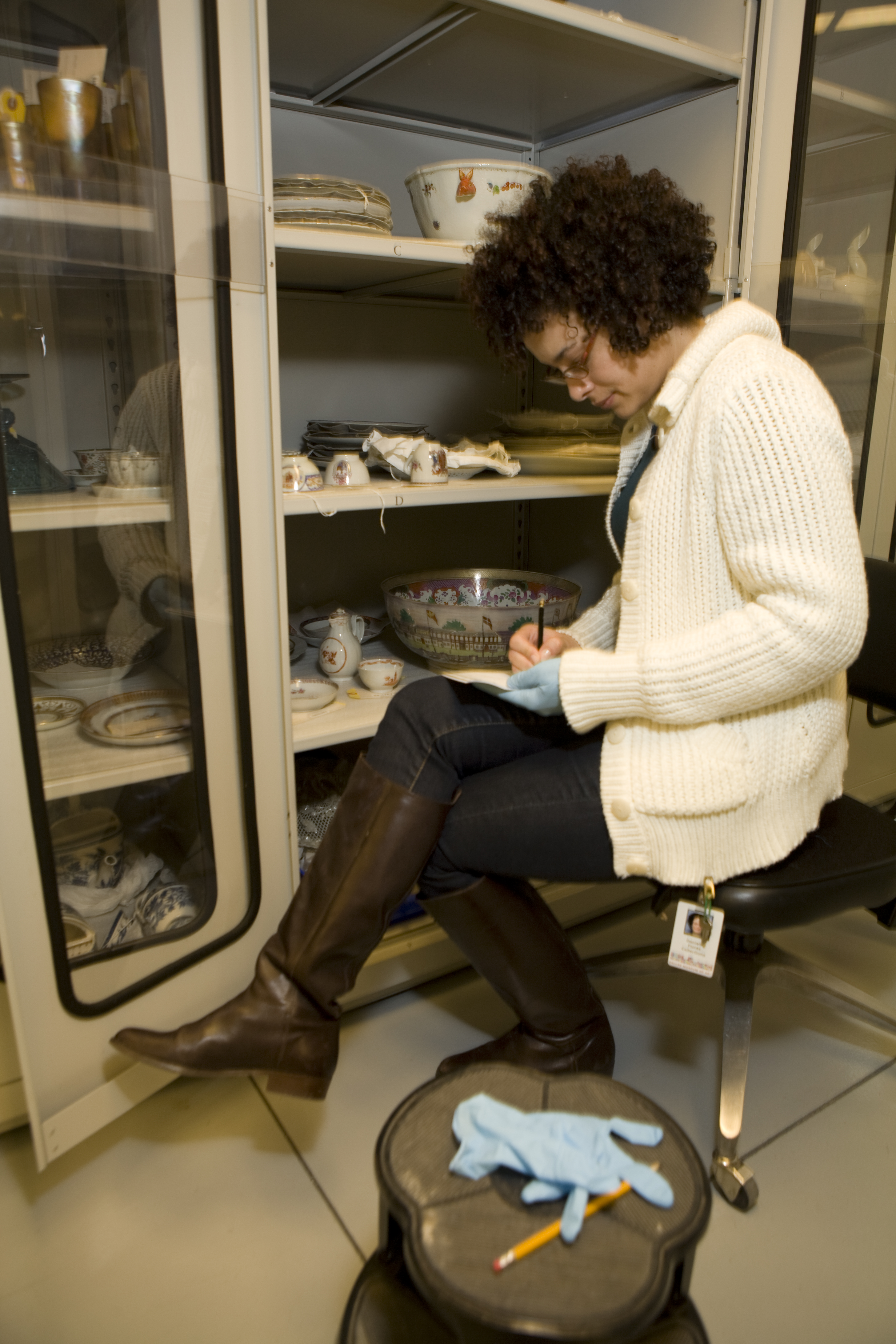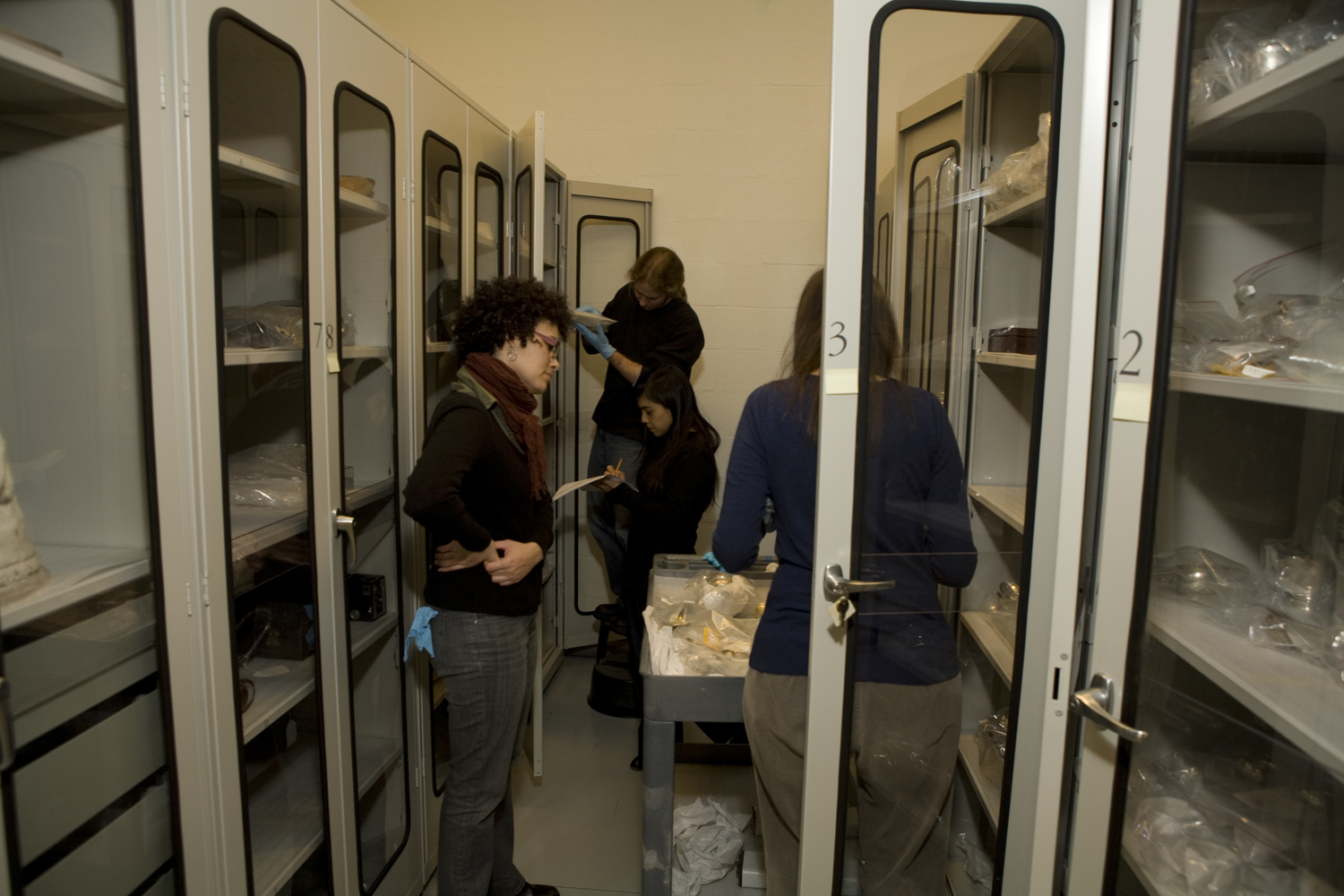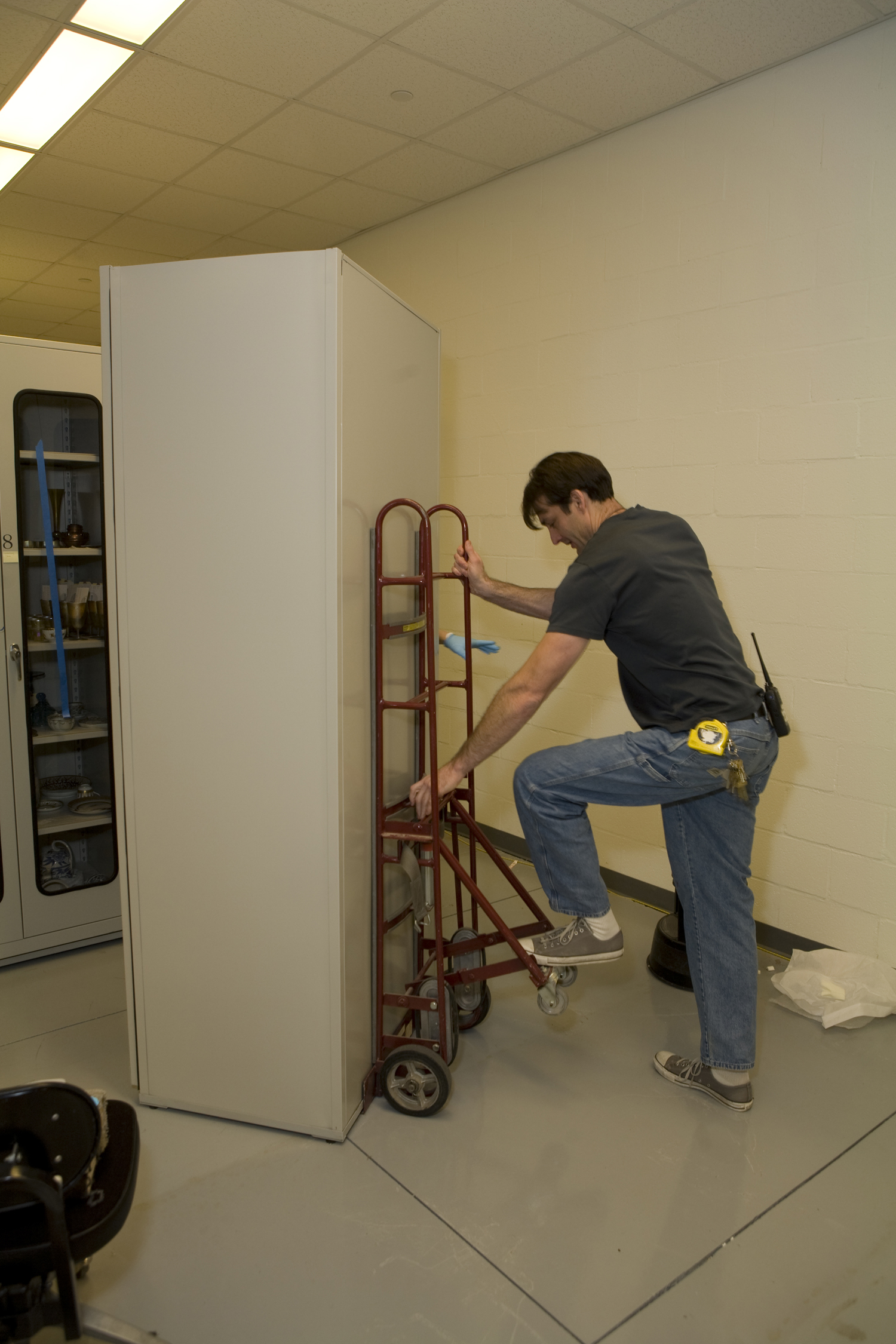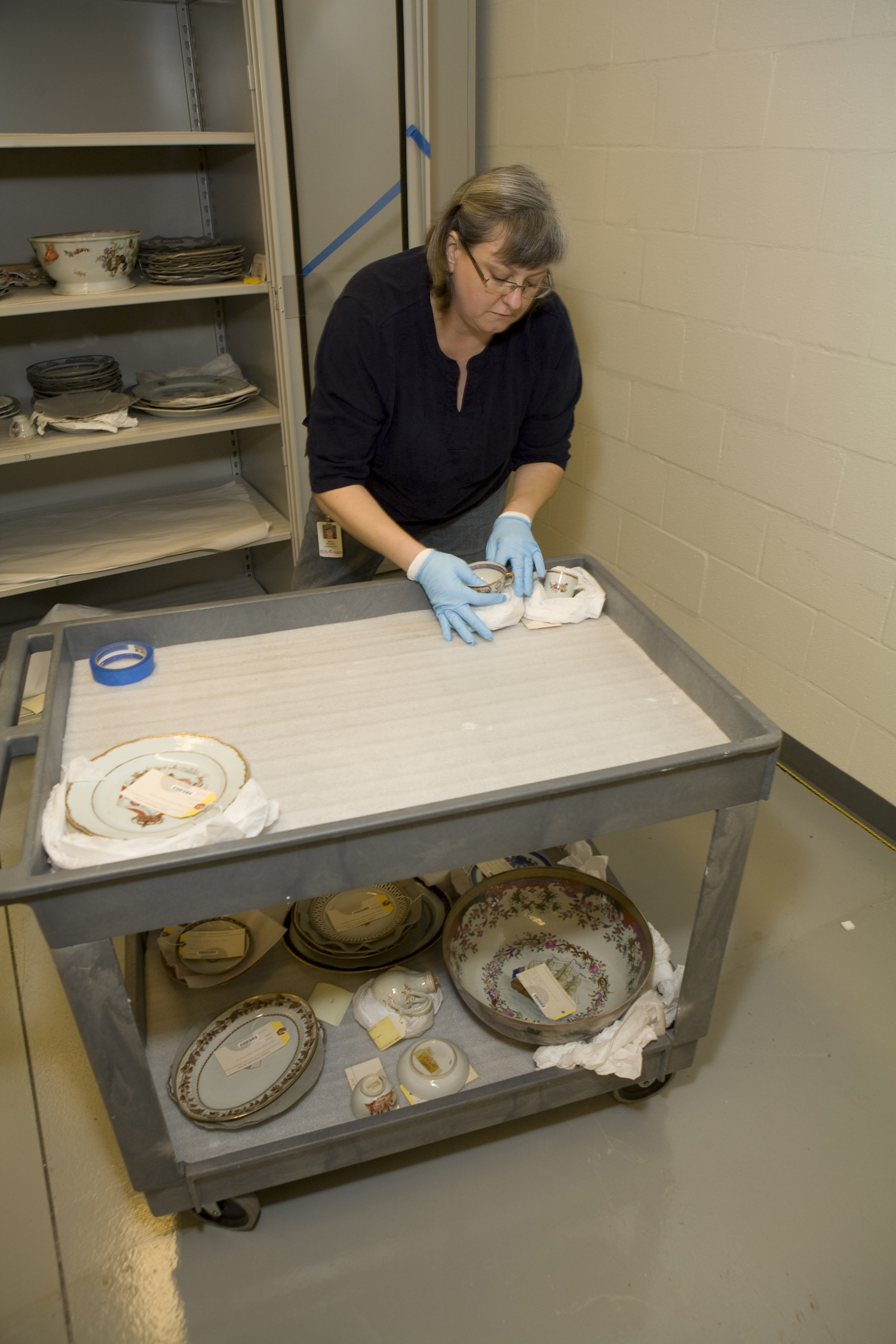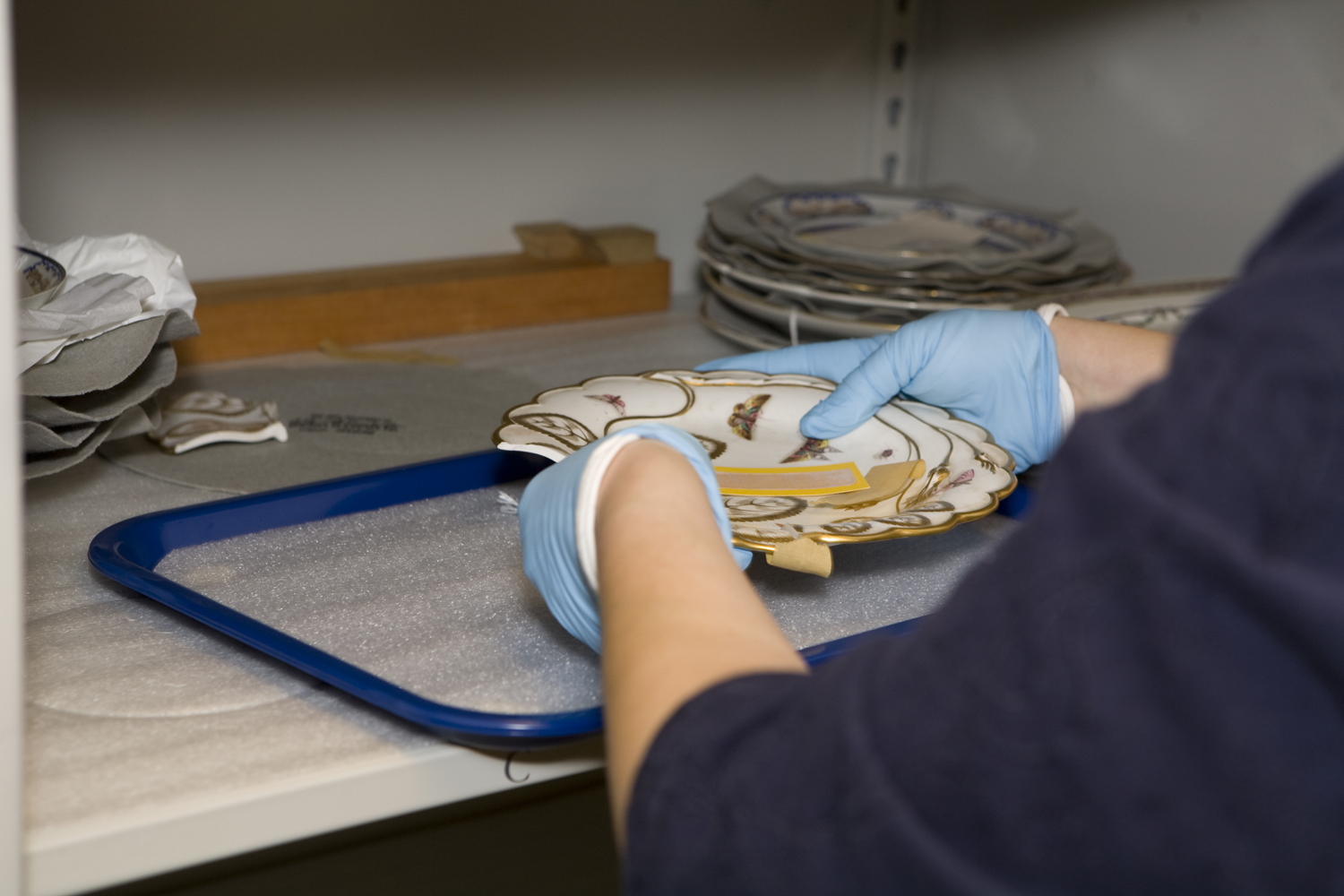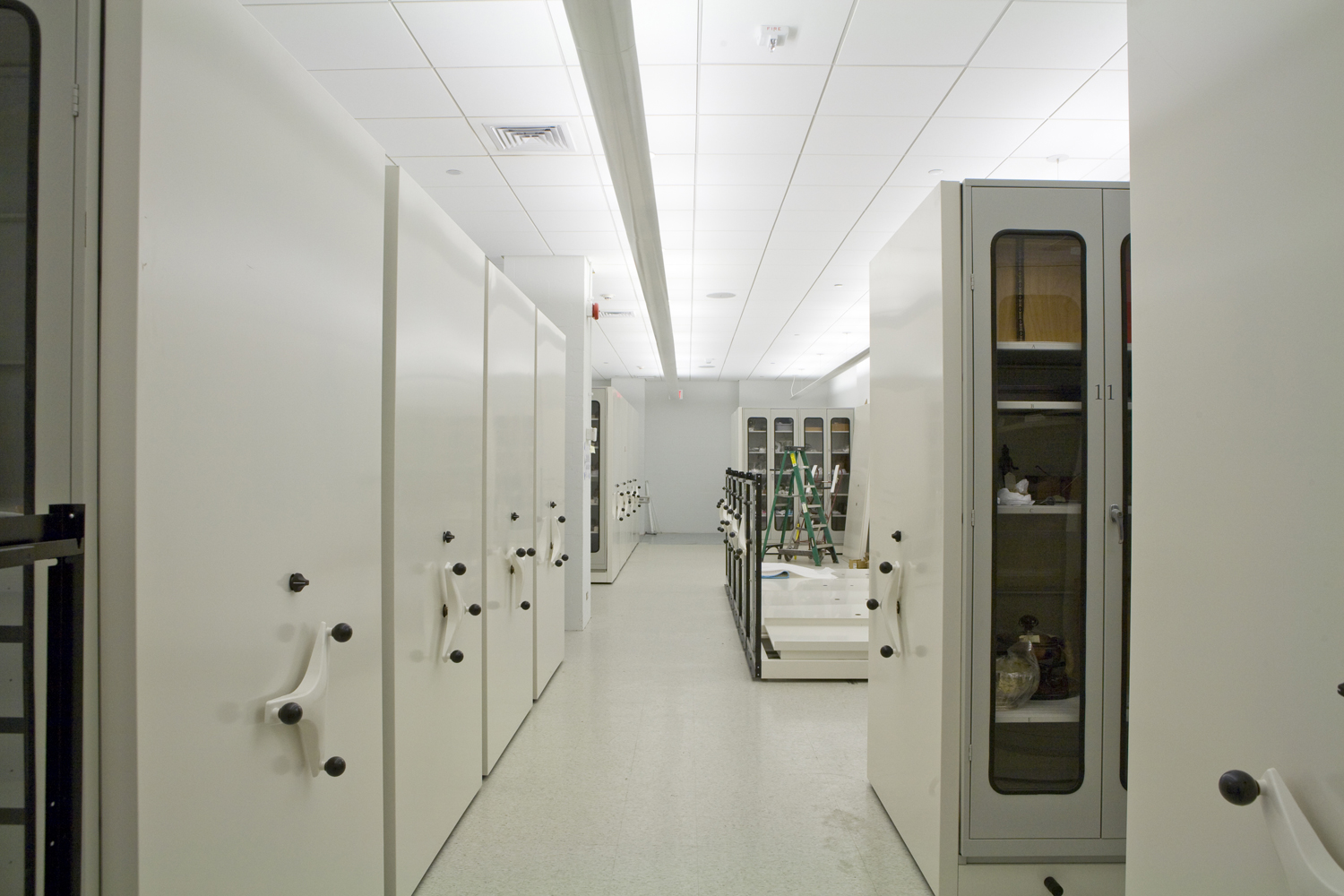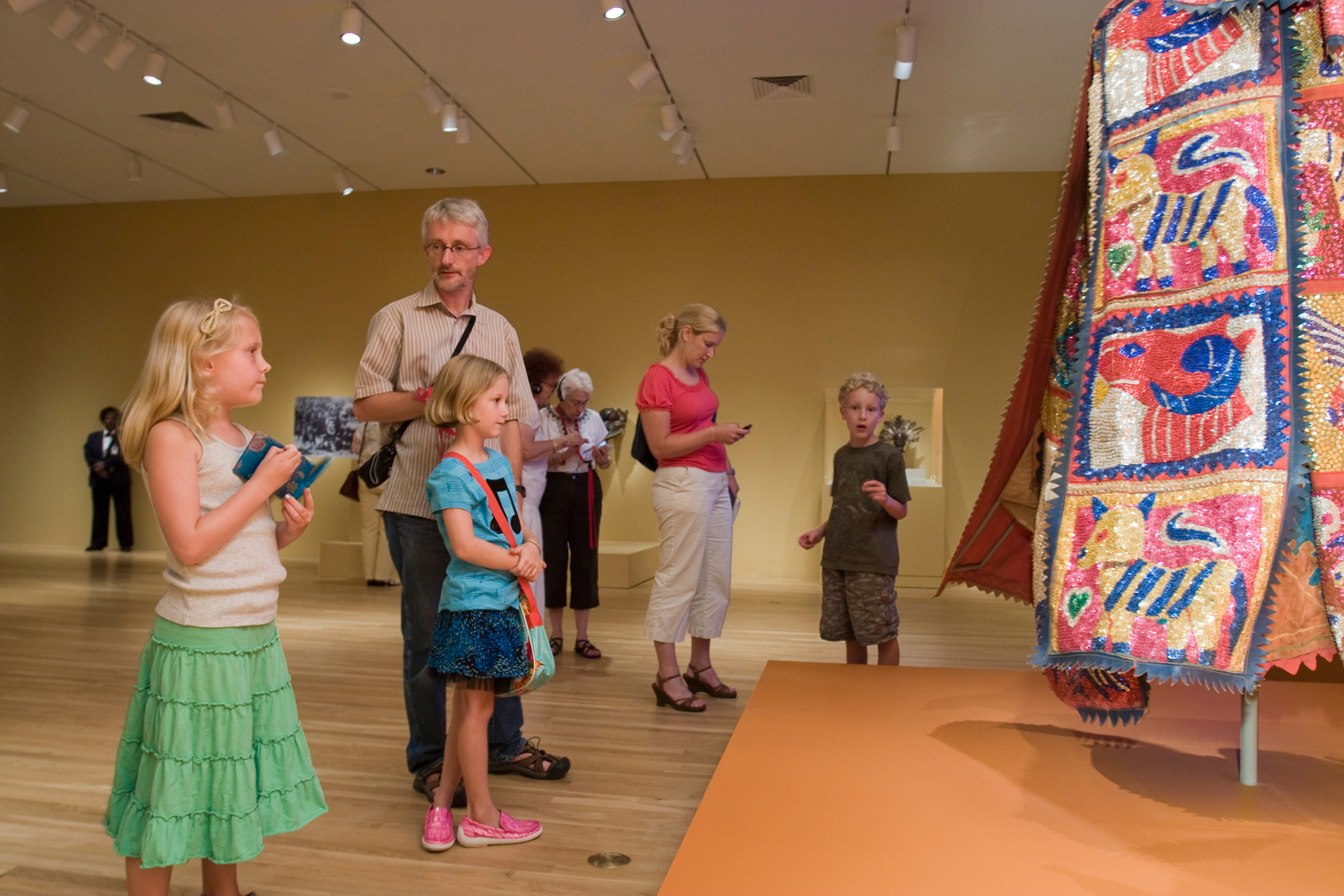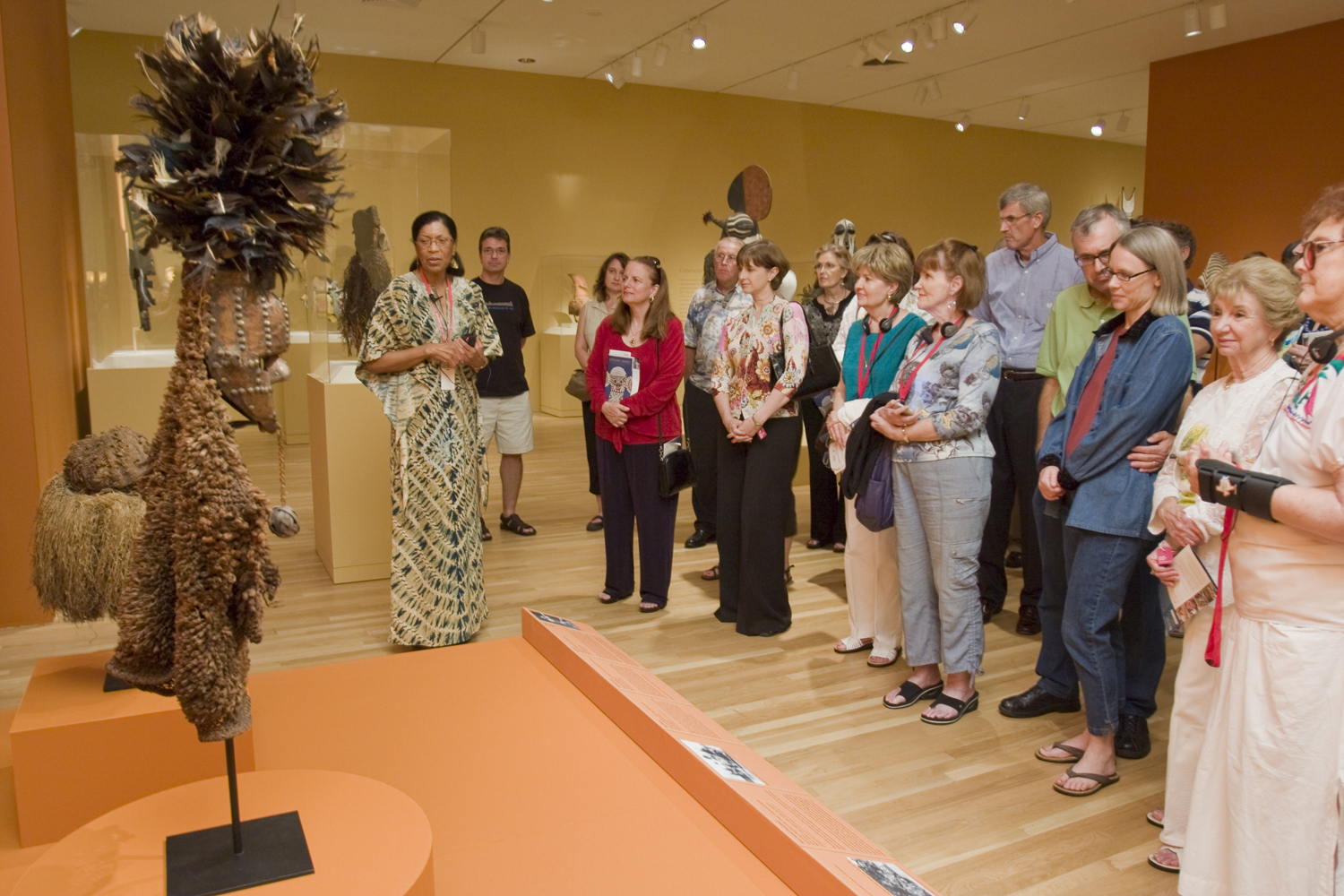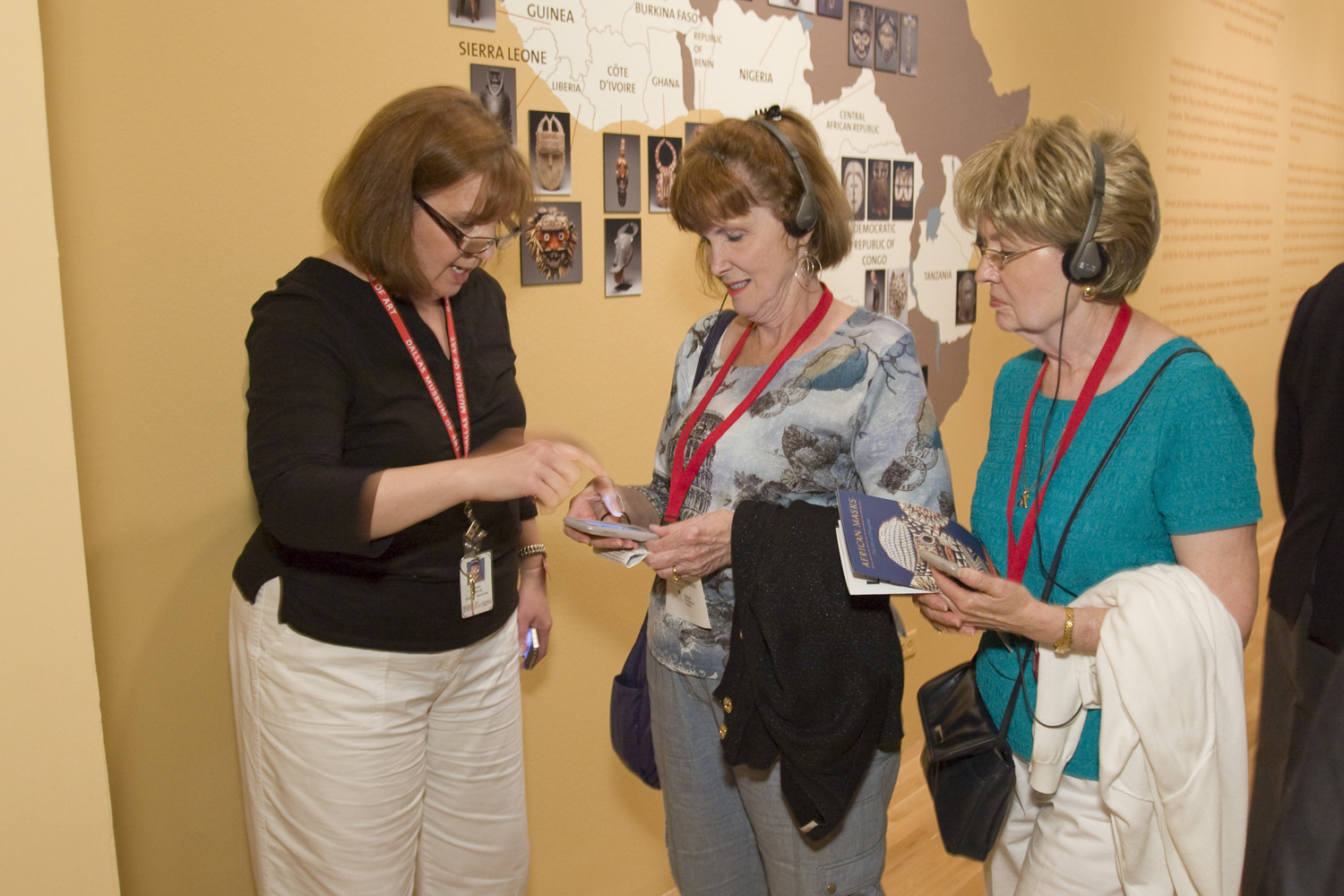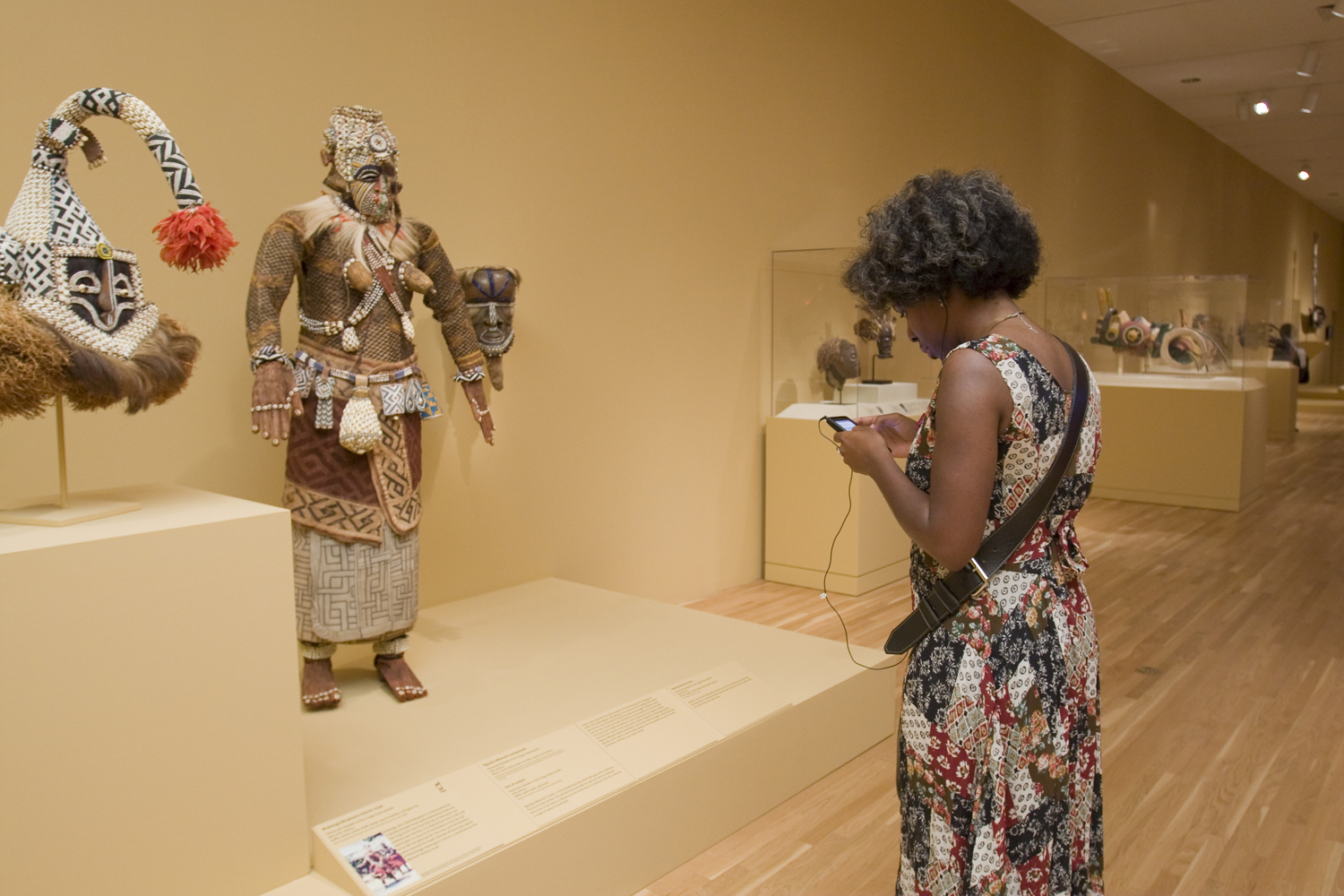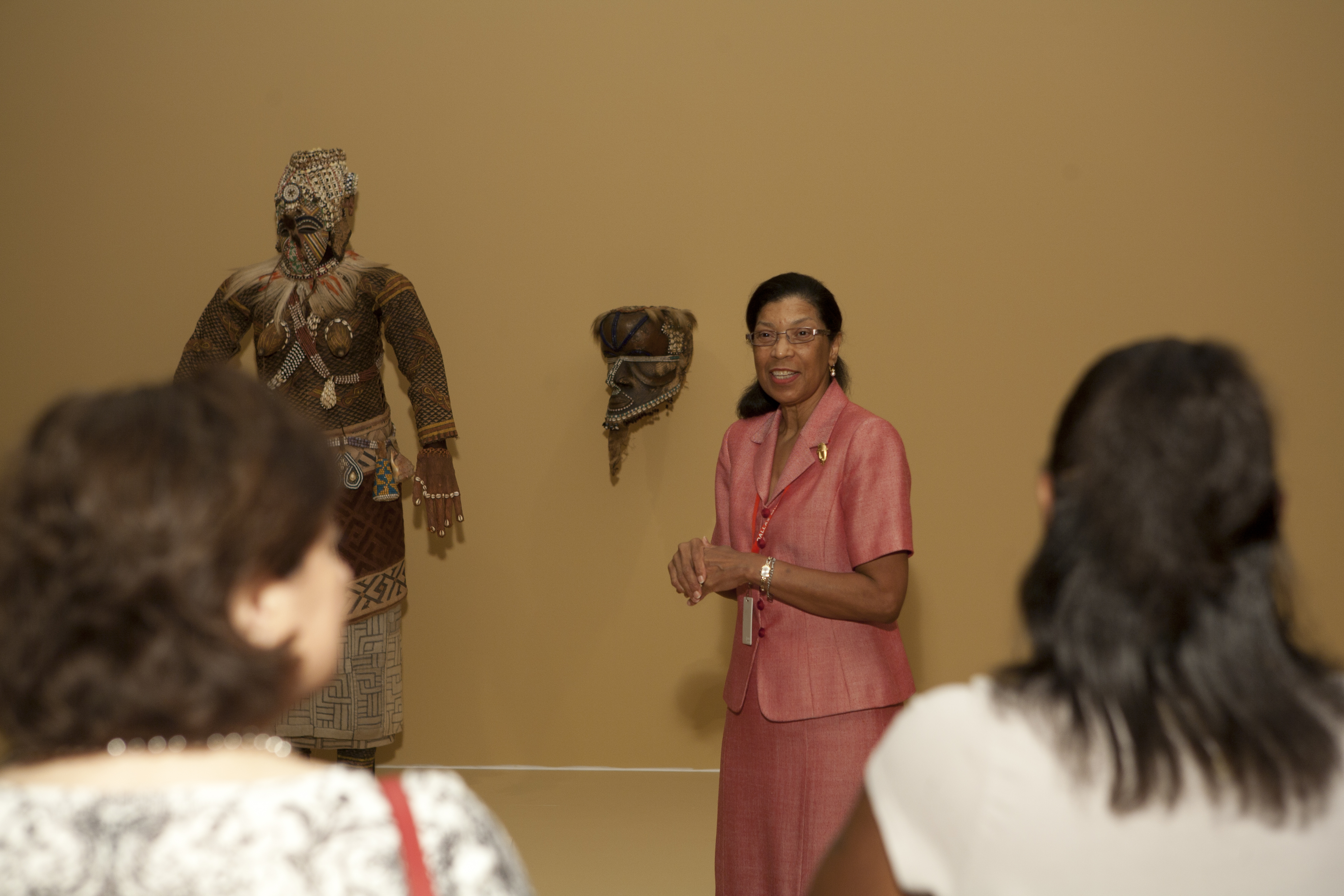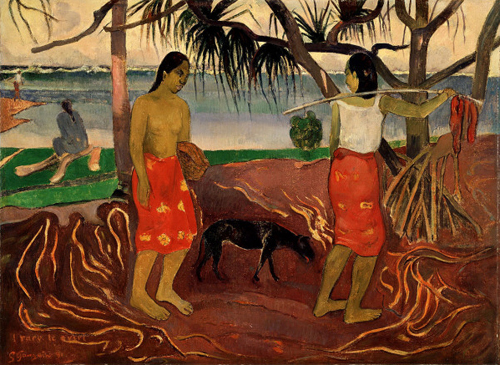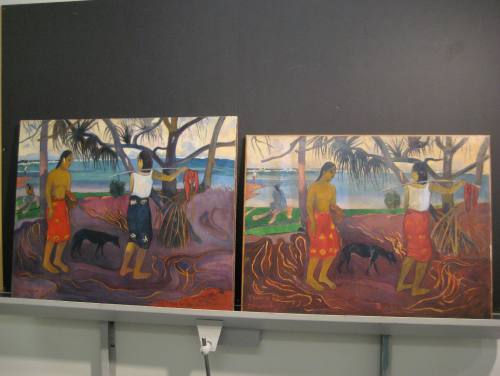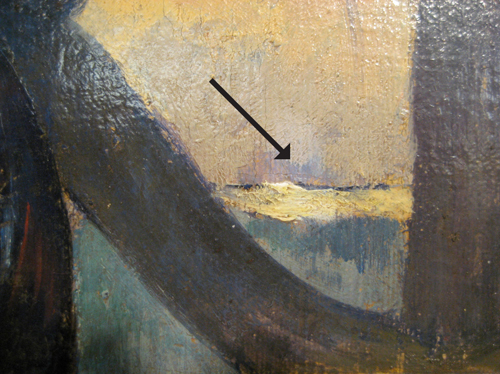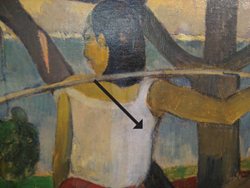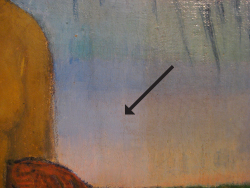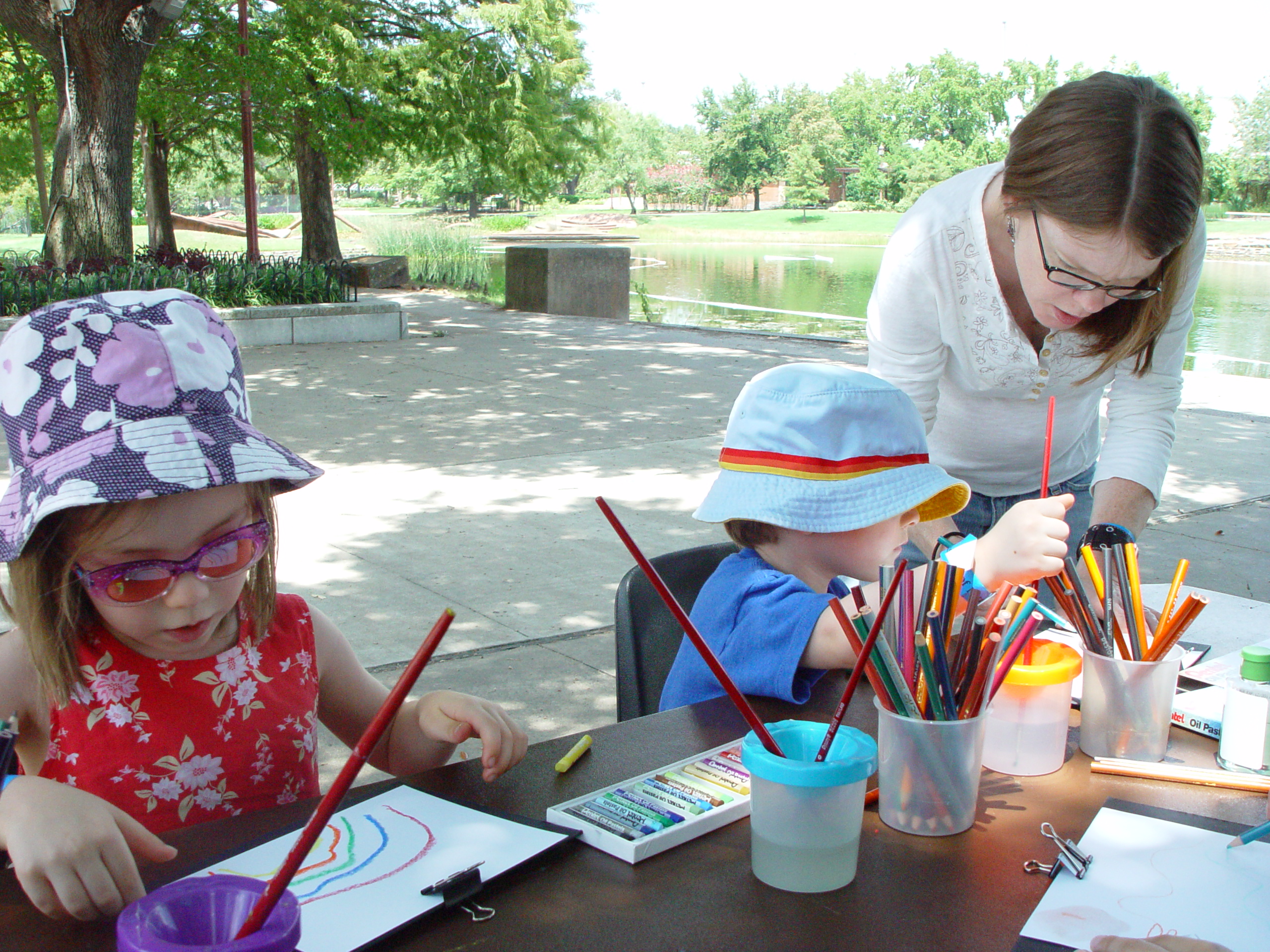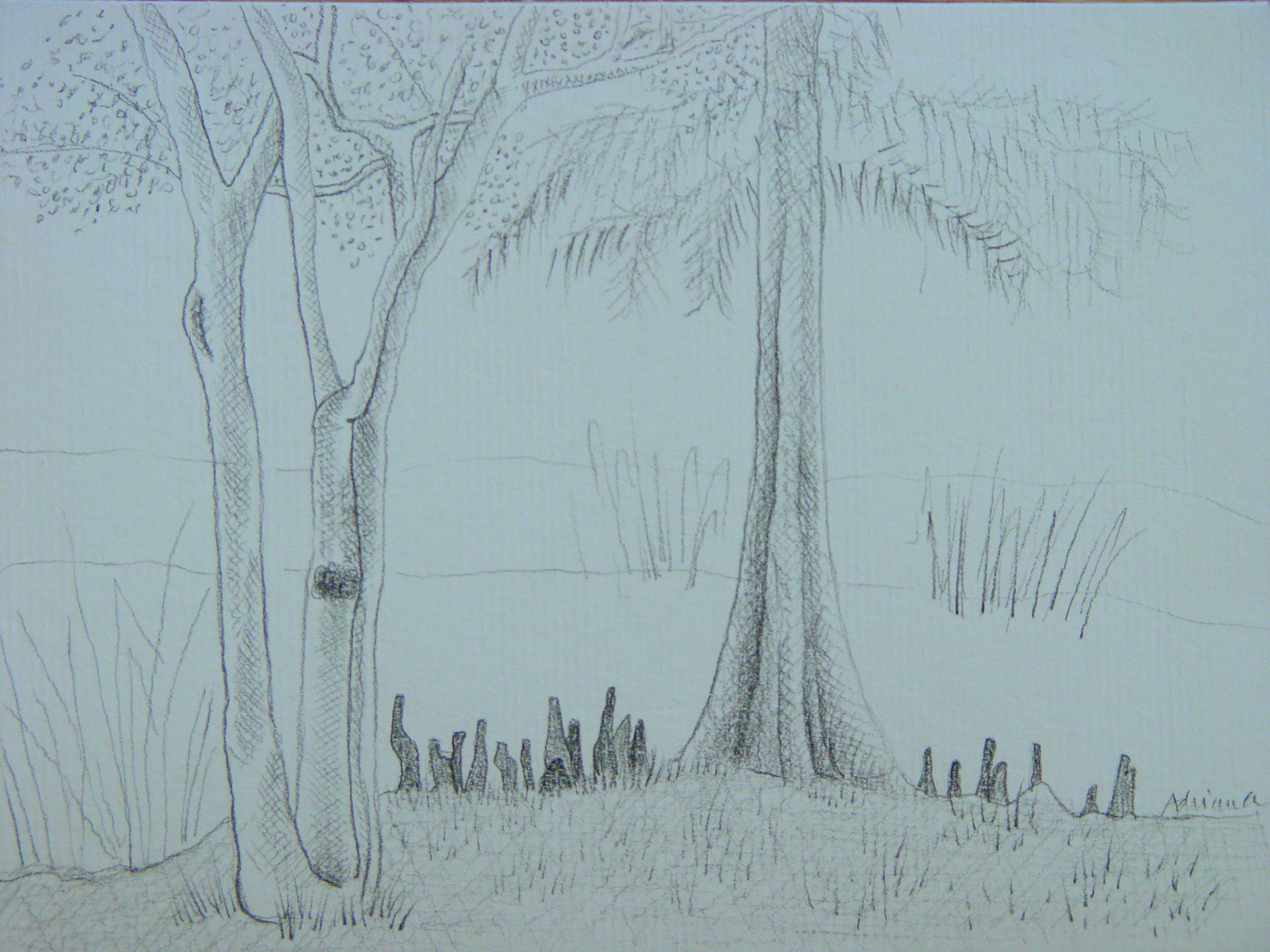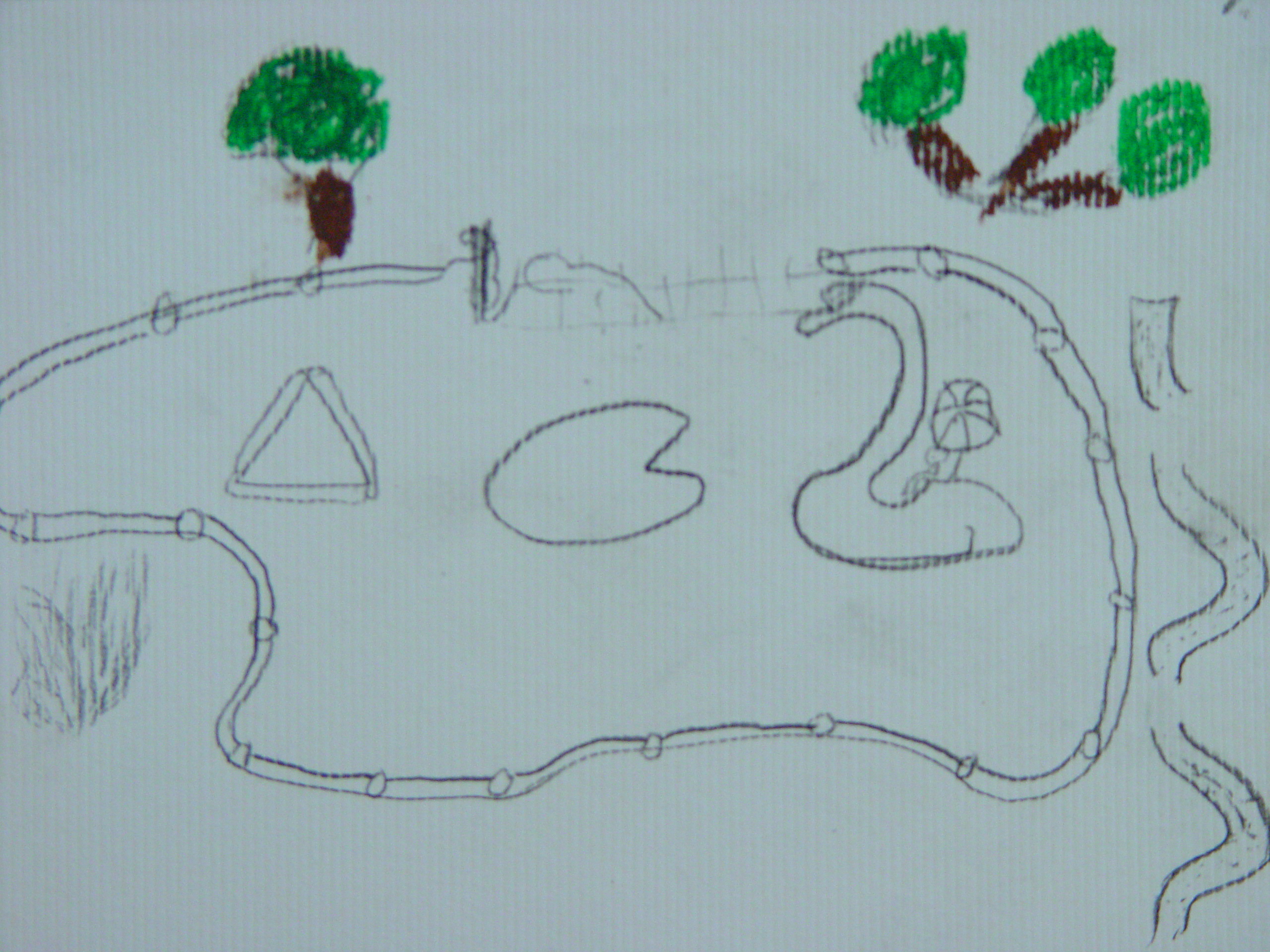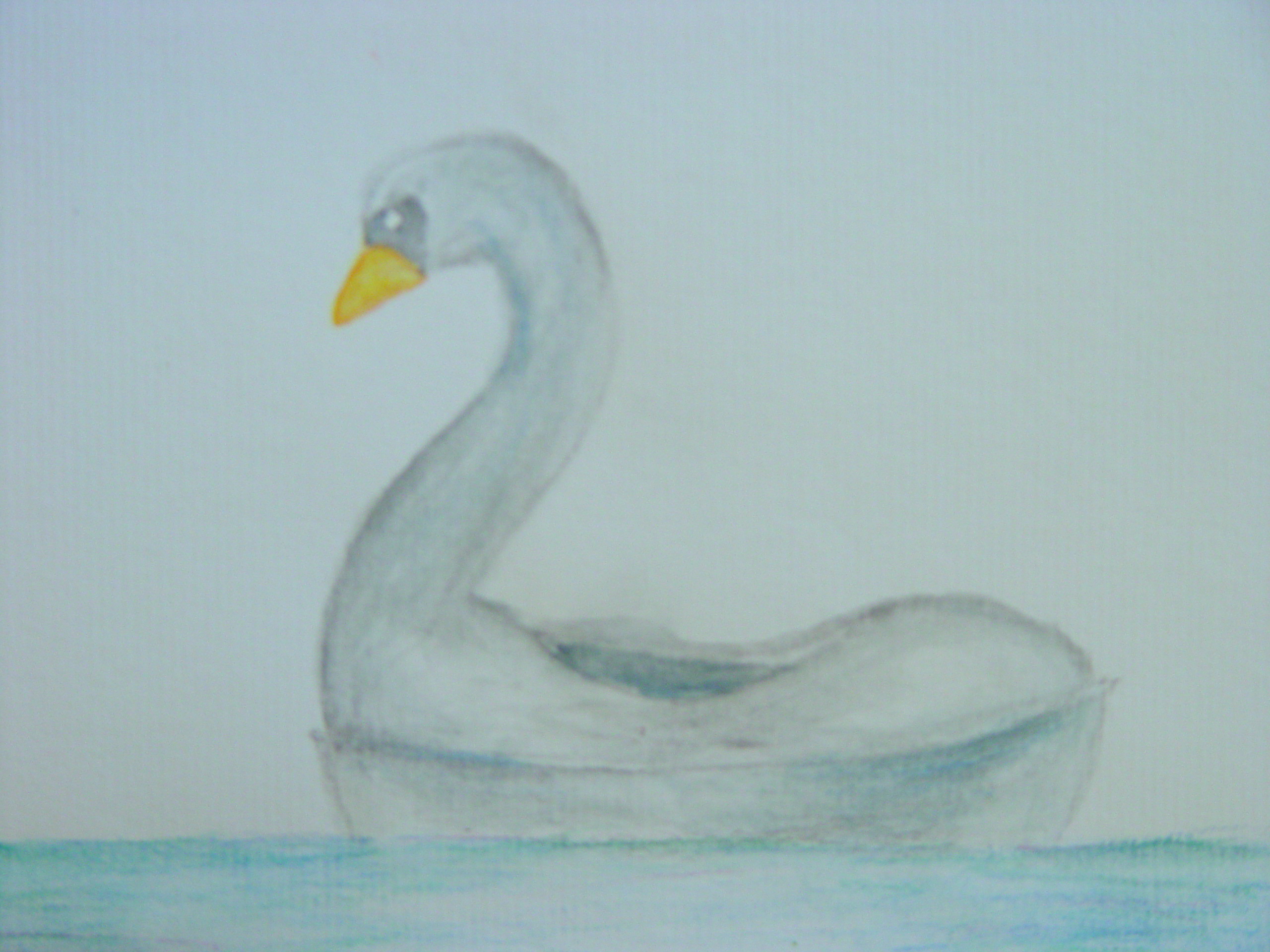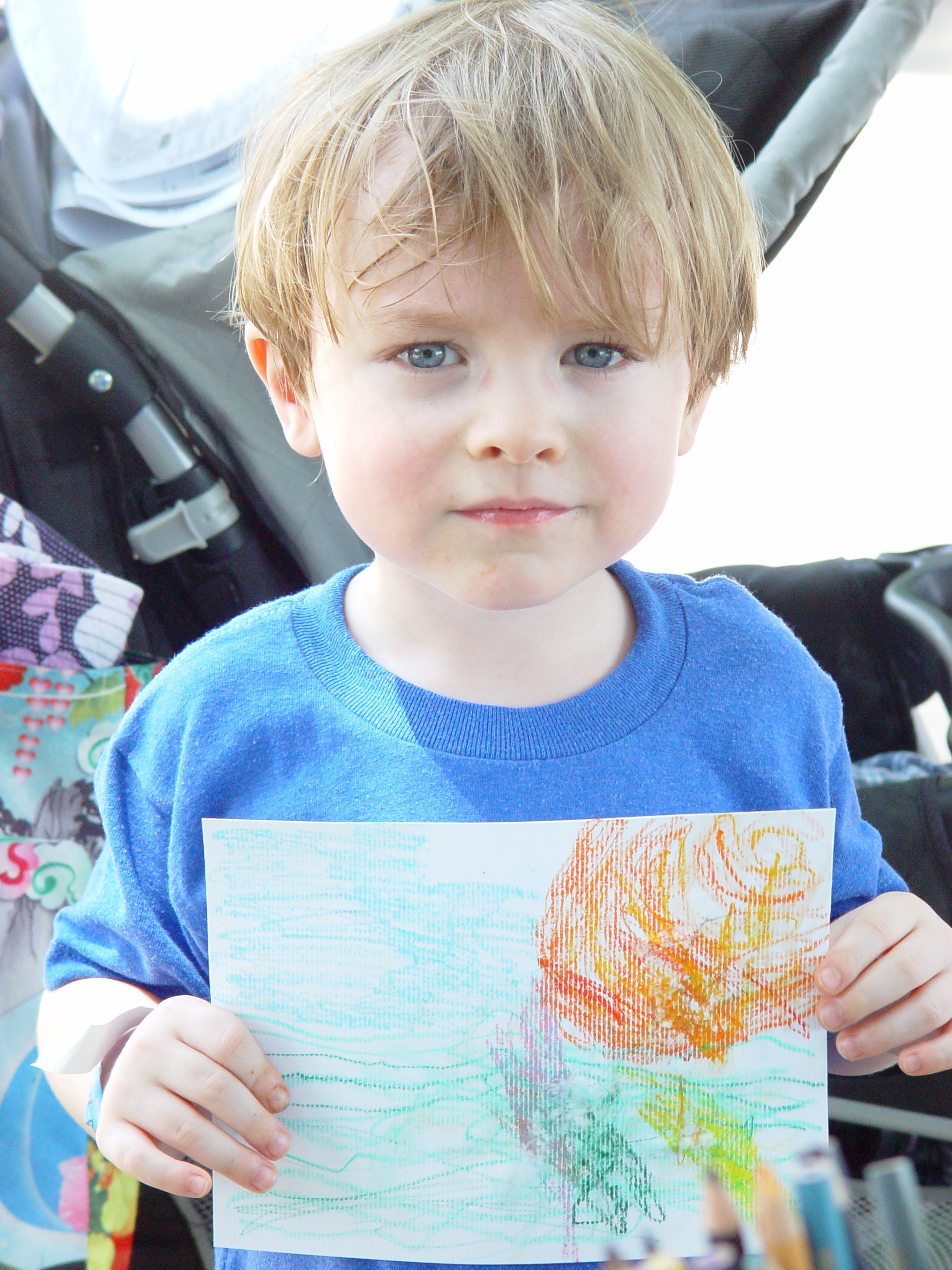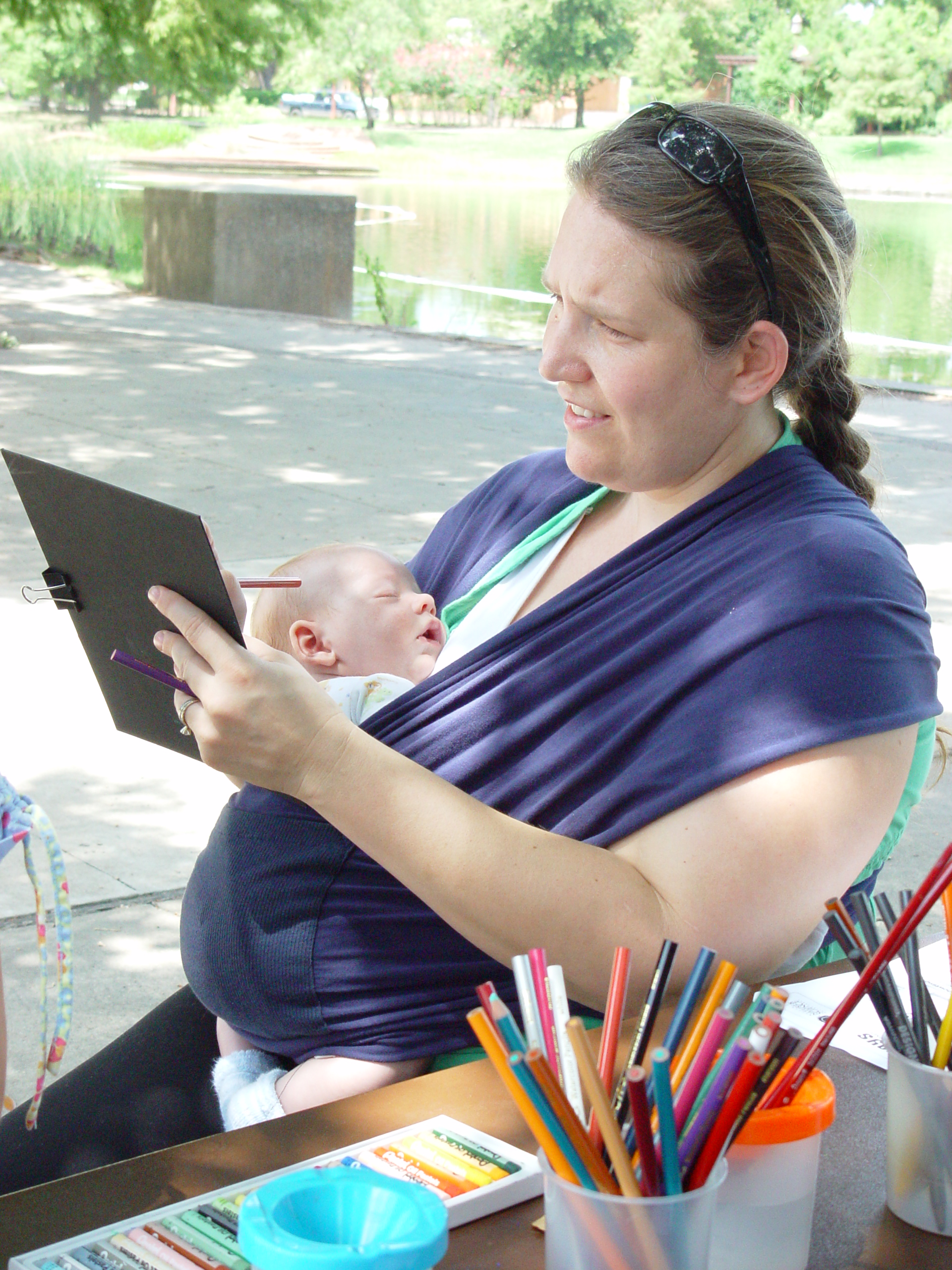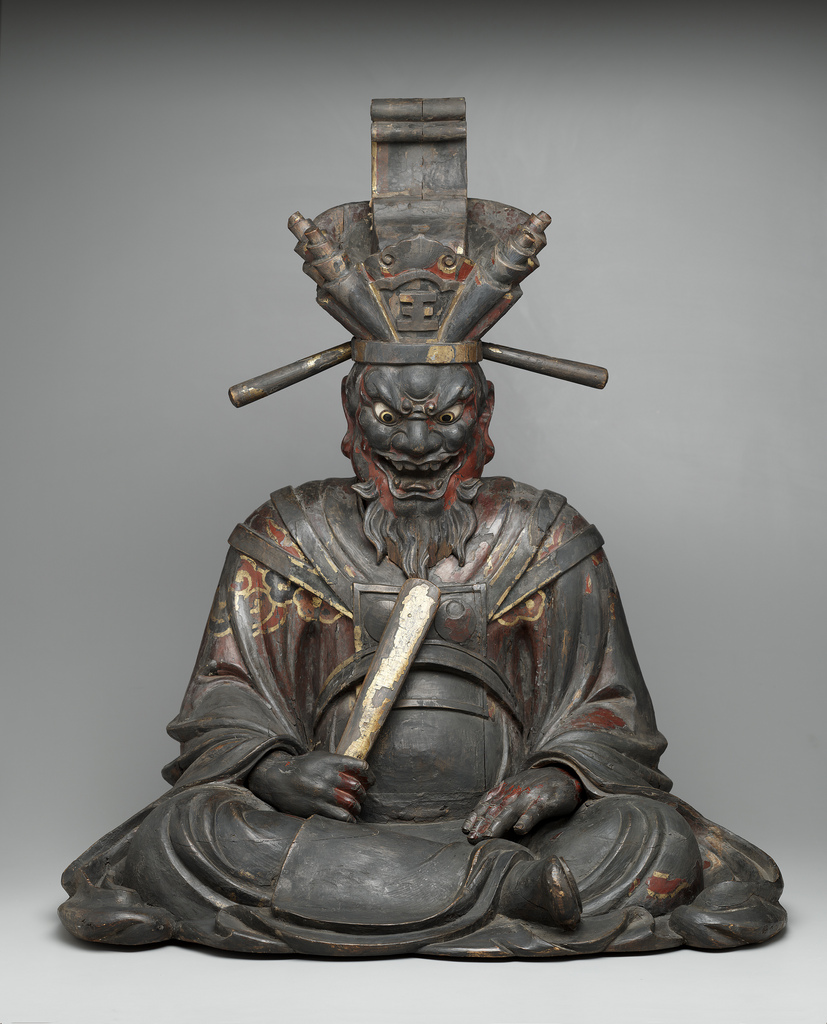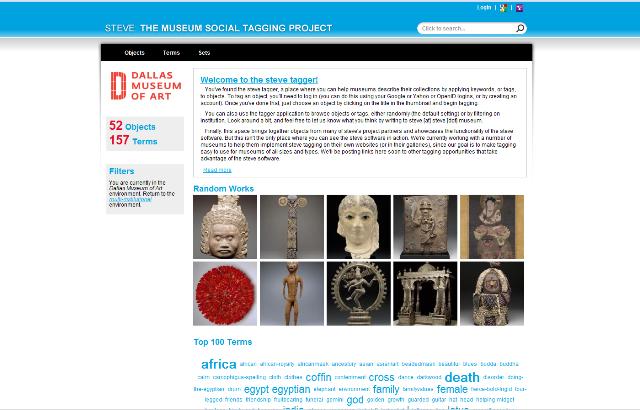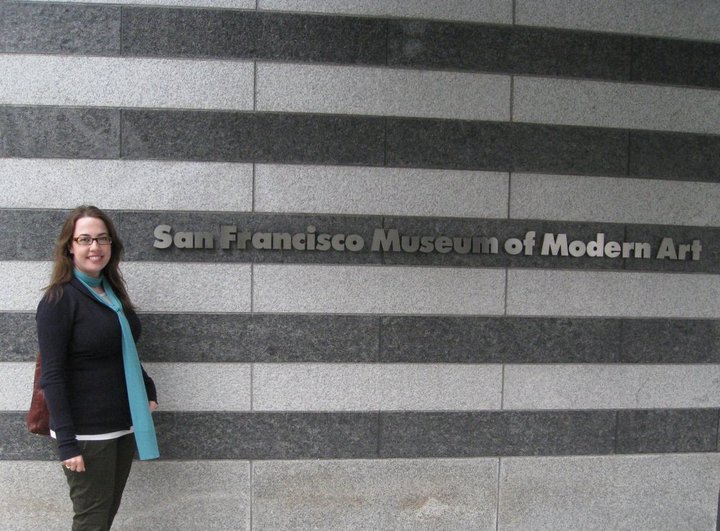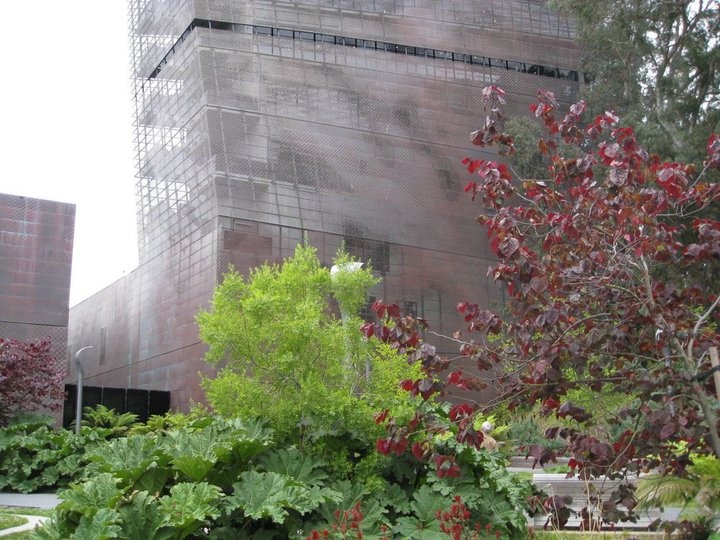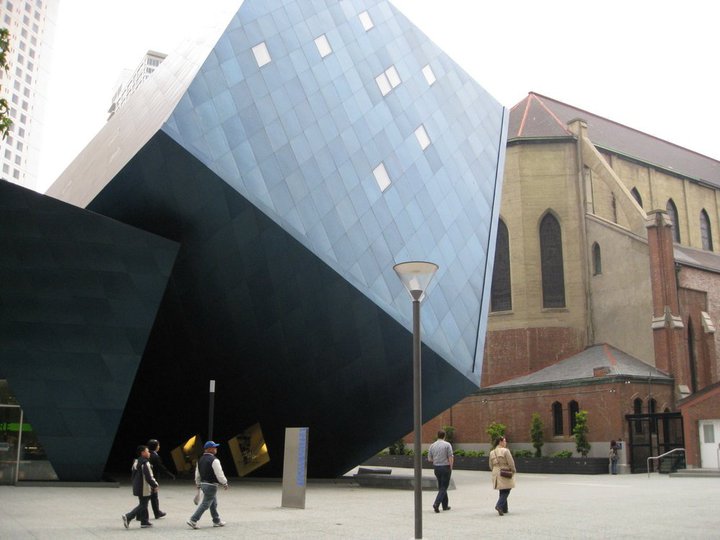With funding provided by the National Endowment for the Humanities, the Dallas Museum of Art is currently undertaking its Museum Storage Improvement Project, which involves updating and enhancing proper storage for the Museum’s collections. A large part of this project is dedicated to the renovation of the Small Objects storage space. Small objects are works of art that are three-dimensional and small enough to fit in cabinet shelving. Our improvement project includes moving the works of art into new storage equipment and also retrofitting the older cabinets.
When we began, the Project Team decided to do an inventory of the 8,000 objects in this space. Small Objects includes works from all of the Museum’s curatorial departments–from ancient fertility figures and African beads to silver place settings and fine china. When we’re done, the new Small Objects space will have increased storage capabilities and improved environmental controls, allowing Museum staff to better care for these works of art.
Museum Storage Improvement Coordinator Danielle Flores works on the inventory by double-checking object labels.
Danielle works with Collections Technicians Robert Hoot (center, standing) , Consuelo Gutierrez (center, seated), and Registrar Sarah Evans (right) to inventory objects from the Decorative Arts collection.
Head Preparator Vince Jones moves an older Small Objects cabinet that has been emptied. The new Small Objects space will use retrofitted old cabinets along with newly purchased cabinets.
Preparator Mary Nicolett carefully fills up a cart.
Our staff always works with gloves to protect the pieces in the collection.
Here is a sneak peek at the almost-completed Small Obejcts space. Improved lighting and new areas for study will make it easier for Museum staff and visiting scholars to access the collections.
